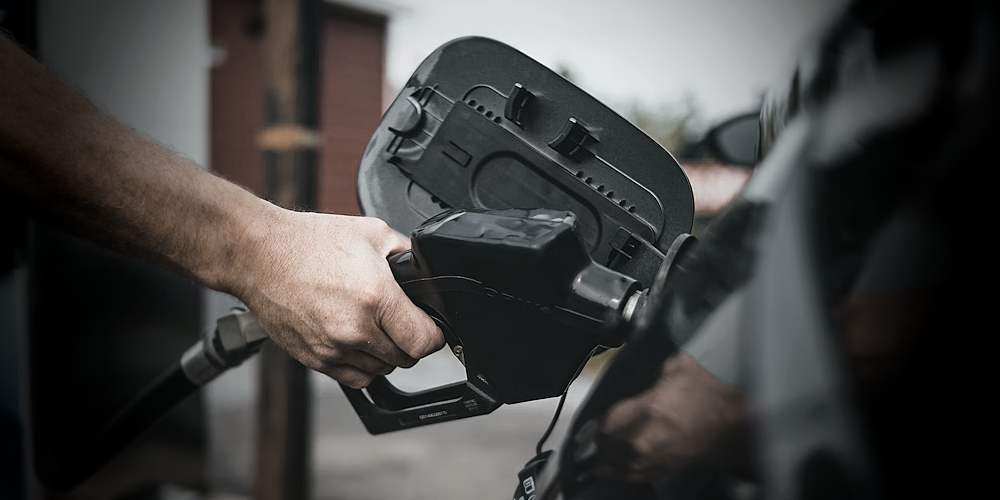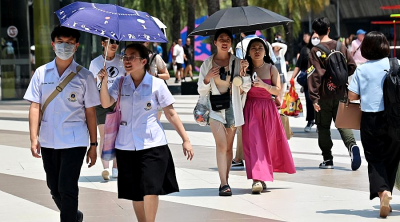
Last Tuesday was the fourth straight week that oil companies increased the prices of diesel, gasoline, and kerosene.
Since June 18, the price increases have amounted to a total of P4.80 (RM0.38) per litre for both gasoline and diesel.
The latest oil price increases easily shaved off any gains we derived from the previous two-week downward price adjustments. June 4 through 11 adjustments resulted in a total of P1.50 for gasoline, P1.20 for diesel, and P1.30 for kerosene.
The fluctuating prices of oil at the pump are on the upward trend as year-to-date adjustments for gasoline, diesel, and kerosene stand at net increases per litre of P10.85, P9.05, and P2.35, respectively, as of July 9, according to the Department of Energy (DOE).
Tuesdays have become dreaded by motorists and car owners due to their association with oil price hikes.
What determines the prices of crude oil (unrefined petroleum)? According to Statista.com, “[a]s with most commodities, crude oil prices are impacted by supply and demand, as well as inventories and market sentiment.
“However, as oil is most often traded in future contracts (whereby a contract is agreed upon, while the product delivery will follow in the next two to three months), market speculation is one of the principal determinants for oil prices.
“Traders make conclusions on how production output and consumer demand will likely develop over the coming months, leaving room for uncertainty.”
To put it briefly, dear readers, oil prices are not solely determined by the usual expenses associated with oil production. A major factor is “market speculation” since crude is traded in the global market.
Gas prices at the pump largely follow the cost of crude oil, which is the biggest cost factor in oil production—54 per cent per gallon of gasoline and 50 per cent for diesel, according to the United States Energy Information Administration.
Thus, Rodela Romero, director of the DOE’s Oil Industry Management Bureau, was correct when she attributed the continuous spike in oil prices to external factors.
“Geopolitical tensions in the Middle East, an unexpectedly large withdrawals in the US crude inventories, and optimistic forecasts for summer fuel demand have all contributed to pushing prices in oil products higher,” she said in a statement.
But I find it odd that a government bureau would justify the hefty increases from time to time.
Unless the DOE’s bureau is under the employ of private oil players, which it is not, it should require the latter, with their army of experts and public relations agents, to do the talking.
Let the oil companies justify the hefty (and oddly uniform) increases by making public their calculations of weekly price hikes or adjustments.
The public is asking these questions: What is the reason behind the uniform price adjustments among the players, which may seem efficient, but is still tantalisingly similar to cartel behaviour than competition among rivals? Are the price hikes implemented incrementally (weekly) to minimise the impact on motorists?
Global oil cartel. Besides geopolitical tensions abroad, the volatile prices of oil are tied to the unilateral supply cuts of major oil producers, such as the Saudi Arabia-led Organisation of the Petroleum Exporting Countries alliance that includes Russia.
The Associated Press reported last June 3 that the powerful alliance extended output cuts (totalling 5.8 million barrels a day) to push oil prices higher, and that “the Saudis need higher oil prices to fund ambitious plans by Crown Prince Mohammed bin Salman to diversify the country’s economy away from fossil fuel exports.”
So how do we insulate the Philippines from this volatility?
We cannot do it in the short term as we do not have the necessary resources. But in the long term, we can gradually increase local supply by developing other energy sources such as biofuels and renewables, which are largely untapped (e.g., wind and solar).
To become energy self-sufficient, we need to stop relying on foreign energy sources that have their own agendas and don’t have the Philippine interests in mind.
The DOE’s decision to mandate that all liquid fuels for motors and engines sold in the country be blended with biofuels is a good move.
I wrote about this development on May 30 (“Cleaner air, cooler planet with biofuels,” 2024-05-30).
Combining biofuels with petroleum products can reduce harmful emissions. The DOE circular requires a 3 per cent coco methyl ester blend in all diesel fuel (from the current 2 per cent blend since 2007) starting on Oct. 1. Gradually, the percentage will increase in the next two years, reaching 4 per cent in 2025 and 5 per cent in 2026.
A 5 per cent higher CME blend can result in a 10 per cent increase in mileage and an estimated net savings of P4.17 per litre of diesel.
Raising the ethanol blend in gasoline fuel by as much as 20 per cent from the current 10 per cent can reduce domestic pump prices by P3.21 per litre of gasoline.
ADVERTISEMENT
ADVERTISEMENT








































